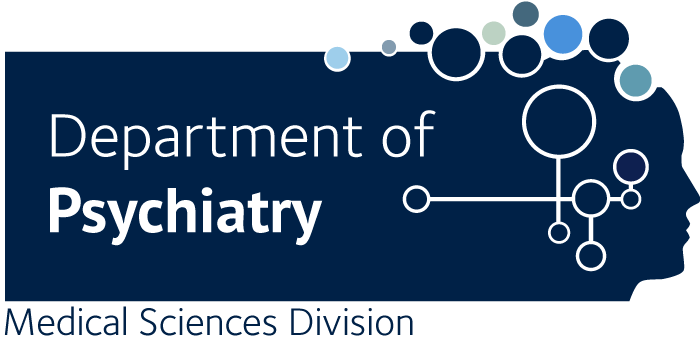Attachment and temperament profiles among the offspring of a parent with bipolar disorder
Doucette S., Horrocks J., Grof P., Keown-Stoneman C., Duffy A.
Introduction: Attachment is associated both with the risk of developing a mood disorder and temperamental profile. Relatively little is known about these associations in children of a parent with bipolar disorder (BD). The present study is a preliminary analysis of the association between attachment, temperament and psychopathology among high-risk offspring. Methods: As part of an ongoing prospective cohort study, offspring from families with one parent with BD (HR) and offspring from families with unaffected parents (C) were clinically assessed using KSADS-PL format interviews annually. Validated self-report measures of perceived attachment and temperament were completed. Results: Perceived attachment did not differentiate HR from C offspring and did not predict psychopathology or mood disorder in particular. However, high emotionality significantly predicted the risk of psychopathology in HR offspring, where 1 standard deviation increase in emotionality significantly increased the hazard of psychopathology by a factor of 1.36 (p=0.0009) and mood disorder by a factor of 1.24 (p=0.02). Limitations: Use of retrospective measures and low sample size for some models. Conclusions: There may be no gross abnormalities in attachment among HR compared to C offspring. It remains unclear if emotionality is a barometer of illness or a true risk factor in this population. More longitudinal research is needed to advance understanding of the influential pathways by which psychosocial risk factors impact the development of BD. This research has implications for targeted early interventions in HR youth. © 2013 Elsevier B.V.

